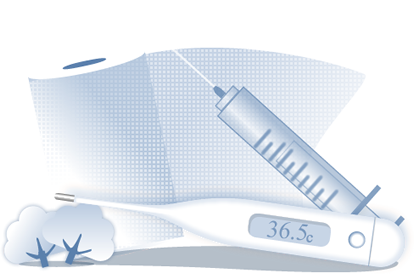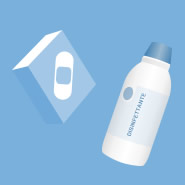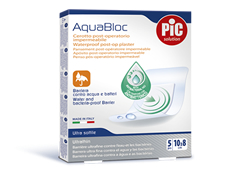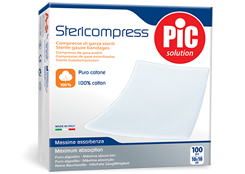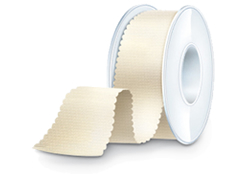
Needle and thread to stitch the wound
An important message: you'll need stitches if you've got a deep wound that reaches the fatty tissue. The sutures used to stitch the wound help by closing it up and allowing the tissue to heal over. We'll go through all the examples of when you will definitely need a bit of "mending".
Sutures are needed when the wound is deep
Before you run away with the idea of stitches, assess the depth of your wound. Is it so deep that you can see the fatty tissue or maybe even bone? Don't delay and get to the ER: you will definitely need to have the injury stitched up.
Are you able to close the wound up with your fingers?
After checking the depth of the injury, look at how wide it is. If you can join the 2 edges of the wound together with your fingers you won't need stitches. In that case, binding it up well with a gauze bandage, a steristrip or the right size adhesive bandage will mean you don't need stitches.
If you've hurt your legs or fingers, it's likely that you'll need stitches
So you've found where your injury is on your body? If you've got a cut on your leg, your fingers or other areas that you use a lot, you may need stitches to avoid the wound opening up all the time. The doctor will tell you if you need them. On the other hand, an injury on your forehead can heal on its own without stitches, because it's not a part of the body that moves much.
How soon should a wound have stitches?
If you've realised that you've got an injury that needs stitches, we recommend you get to the hospital as soon as possible. Keep in mind though, that they need to be done within 12 hours of the injury, especially if it's in a delicate area, like the face.

